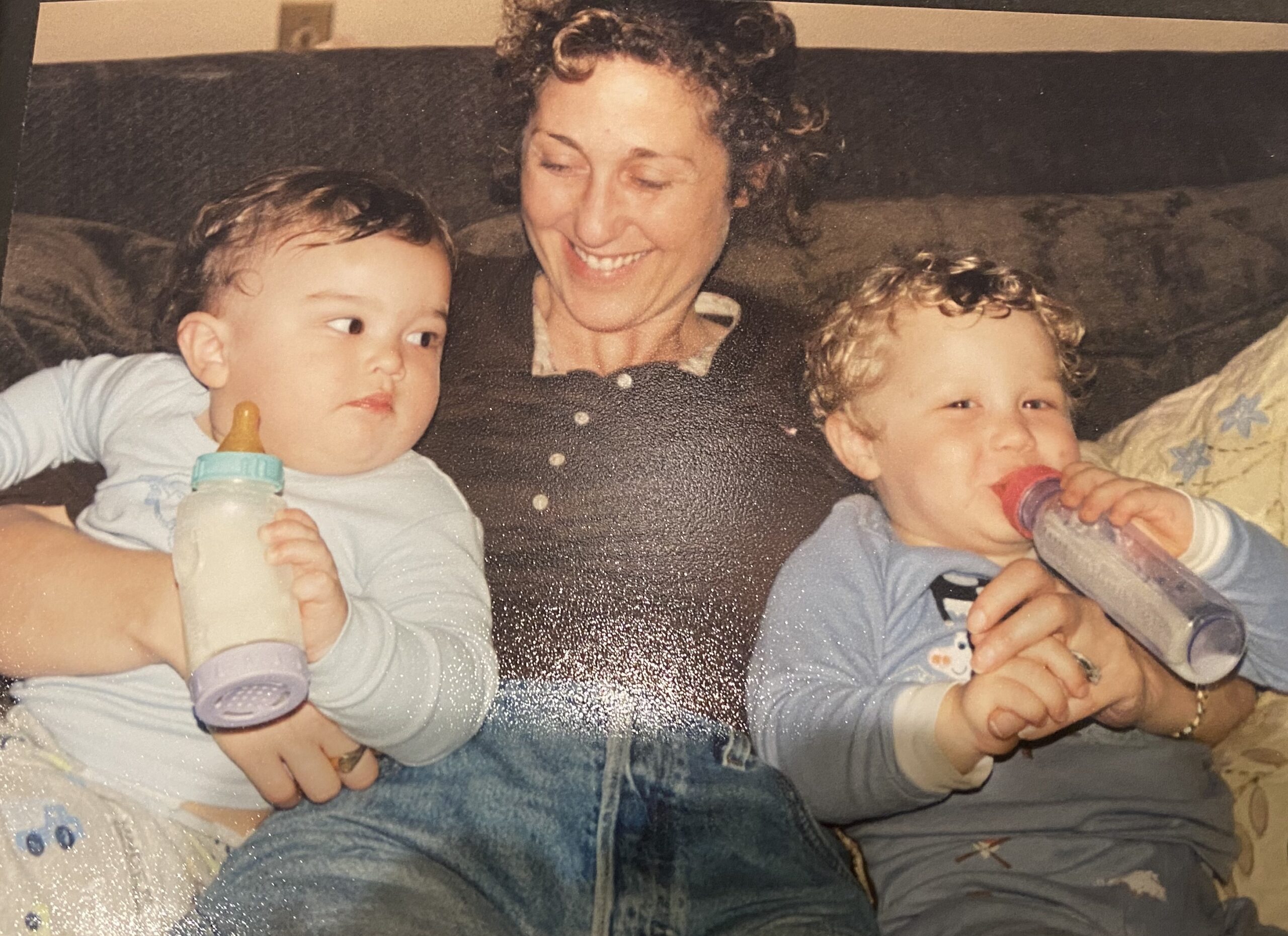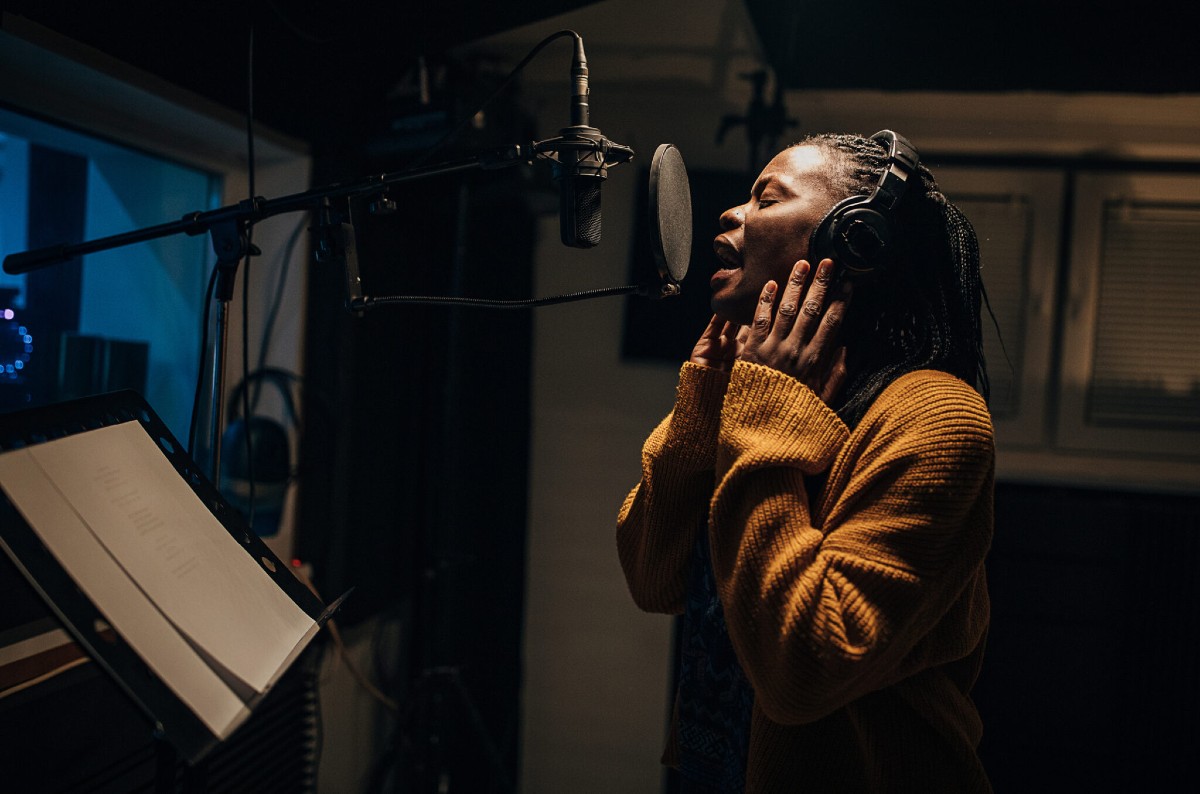This summer, Emtrain joined How Women Lead at their two-night event, Unraveling Unconscious Bias to share insights with Silicon Valley HR professionals (not their target market) on how to implement real change to bias in the workplace. Patti Perez and Steve Cadigan, a member of our advisory board, showcased their work on how they’ve transformed workplace culture, alongside other notable industry leaders and researchers.
Julie Castro Abrams, founder and C.E.O. of How Women Lead, chatted with us about how her organization is helping women get into leadership and her perspective on diversity and unconscious bias issues today.
Hassina: Can you describe to our readers what your organization does?
Julie: We started How Women Lead because we felt like there were so many programs designed for early-stage or mid-career leadership programming for women in particular. We’re now at a stage in our history—as a country and in a world—where there are a lot more women in very senior leadership roles. But a lot of them are the first, and it’s the first generation of women truly leading in the industry. We’re learning a lot about [their needs] as they hit the ceilings and how they can have a lot more influence and impact outside of their careers. So, we created an organization, frankly responding, like Heather Jerrehian [who sits on the Silicon Valley Executive Board of Advisors for How Women Lead and Emtrain’s COO], to their demands, requests, and needs.
Hassina: What are some of the things your organization is doing?
Julie: We’ve been doing a lot of different things around the movement, building on things that break glass ceilings, like getting women on corporate boards. We work across the country to move the needle through legislative action, as well as promote and support the assertive asset management firm actions requiring 2 women on public company boards. In addition to movement building, we train top women leaders to get on corporate boards. We connect them directly to board opportunities.
We want women to know the pathway for their career trajectory.
Hassina: During one of the presentations, Professor Alvin Tillery (Director, Center for the Study of Diversity and Democracy at Northwestern University) argued that every organization needs a diversity C.R.E.E.D. Considering the diversity in the Bay Area, would this approach be the same here as it would for, let’s say Southern California or beyond, to identify or reduce unconscious bias?
Julie: I believe that in different environments, you have access to a different diversity of people and talent. And your clients probably have a different language and diversity needs as well. If you’re in a monoculture, your clients expect less diversity. You have less requirement to have diversity.
We know we’re better when everybody feels safe and seen. When your team can show up as their full selves and they get to contribute, companies perform better and employees are happier and stay longer. If I have to hide part of who I am, I’m not working at my full brain capacity. If you want the most out of your employees, you need to create an environment where they can come to work and feel like they are not having to filter what they say or hold back.
Hassina: Why do you think the Bay Area is living in a bubble on these bias issues?
Julie: Well, I know Alvin Tillery said that, but it’s still not good enough [in the Bay Area]. He might feel like it’s so much better here, and the conversations are more front and center.
So I think for him, at that level, he thought it was terrific. And of course it’s a much more diverse community here, and the people who he got to interact with weren’t all white people.
But I still don’t believe we’re there; this is not a panacea. We’ve made some progress. I have a daughter who’s Latina – half white, half Mexican. She has a very even, measured personality, and a senior leader at the company [she works at] made a bizarre comment and said, “well, you know, you’re a hotheaded Latina” or something like that. And I thought…that is the most opposite description of who she is as a person that you could ever use to describe her.
So, the fact that somebody would assign those qualities to this young woman is so unacceptable because it is so far from who she is in every possible way. Everything he’s seen about her has been somehow colored with this bizarre stereotype. How can you win in an environment where somebody starts it with that?
Hassina: What do you think organizations today need to do to prevent or reduce unconscious bias?
Julie: I think it’s multifold. We need the system disruptors. There are tools like Textio that can address bias in hiring. We know how to address bias in performance reviews. Some questions clearly create more bias for certain groups of people. And we can look at promotion bias, objectively review the numbers – who are we promoting and who are we losing?
We rarely have men who come to our events. But there was a man who did, and he sent me an article the next day [that] Google announced that women are being paid higher in certain pay grades. When you read the whole article, it says it’s because they’re not promoting women; they’re retained. So, the men are getting promoted, and of course, the women who stay back are higher paid in those lower-level brackets because they’re just getting stuck.
Companies have to take off the blinders and really look at the numbers and stop justifying yourself that “women want to step off.”
Honestly, this is the easy stuff. It’s proven. There are tools. You can see the data. What is imminently harder is addressing microaggressions and really making it safe for people to be their best at work. Hold managers accountable. Train, train, discuss and train again. We have to undo our wiring in order to reduce bias. And it takes discipline and time. But it helps the bottom line! It’s worth it.
Hassina: What are some things that organizations can do now, in the short-term, to make a positive impact in the workplace?
Julie: We say people should have diversity training. Well yeah—but all the time. Every week, every month. We should have about 15 minutes [each day] and during all-hands meetings. You should be doing things that constantly train your employees and keep it front and center. There’s a huge amount of stuff we need to learn about each other, and have zero tolerance for certain behaviors that are really unacceptable.
Women are not immune. Black people aren’t immune. Everybody has biases. We all have them in different ways. Say, for example, you’re from New York. I automatically think you’re going to wave your arms around a lot and you’re going to talk fast and be abrupt. We have these archetypes in our minds. Some of them are much more damaging than talking about someone from New York.
Hassina: Yeah, exactly. Specific to tech companies, they are so focused on what they’re selling, the technology, and making sure people in the company are educated on that piece. But when it comes to diversity training or training on all these tricky culture issues, it should be just as important. Maybe even more important than your product because again, it will help retain your employees. You’re retaining your top employees; you’re promoting your top employees and making sure that they feel comfortable at their workplace.
Julie: Yeah, I was talking to somebody who’s very, very senior and he says, “we’re really trying to get our diversity numbers up. We’ve got all these recruitment strategies, and we’re looking at historically black colleges.” And I’m like, yeah, but I know six women of color who just left your company who were at the director level. You’ve got to do both sides of it. You can’t just try to get people in the door, you’ve got to keep them.
Hassina: How can readers get involved with your organization?
Julie: People who are really looking to see how women can break ceilings but also find community and find opportunities for their full, for lack of a better word, your full selves. We help women figure out how do you invest in companies. We help women figure out how can you be philanthropic and effective in that way. How do you get connected with women doing great work globally? So, there are lots of different parts of us, and we’re interested in inviting people to be part of defining new opportunities for all of us. It’s a community of people coming together.
For a deeper dive on Unconscious Bias in the workplace, download the Unraveling Unconscious Bias Insights Report from How Women Lead and request a free trial of our latest Unconscious Bias course.








